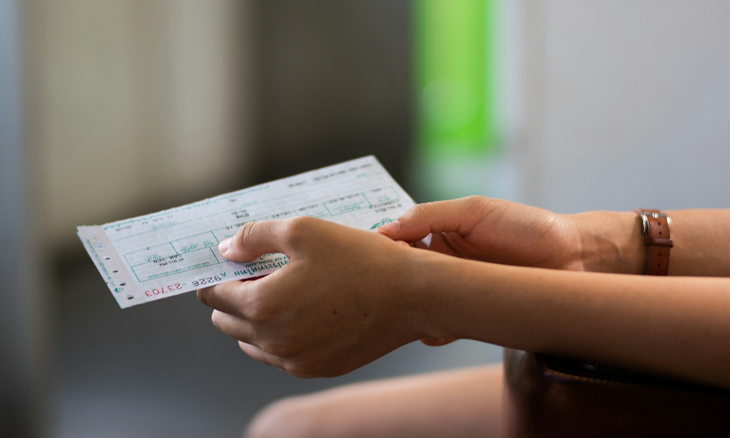Writing a check is a fundamental financial skill that remains relevant, even in today’s digital world. Whether you’re paying bills, sending money to friends or family, or making a purchase where electronic payment isn’t an option, knowing how to properly write a check is essential. This guide will walk you through the process step by step.
Step 1: Date the Check
Start by writing the current date in the top right-hand corner of the check. This indicates when the check was written and is important for record-keeping. Use the format MM/DD/YYYY or write the month out in full, e.g., September 16, 2025.
Step 2: Write the Payee’s Name
Next, write the name of the person or organization receiving the money on the line that says “Pay to the order of.” Make sure the spelling is correct to avoid any processing issues. If you’re paying a company, use its legal business name as registered with your bank.
Step 3: Enter the Numeric Amount
In the small box on the right-hand side, write the amount you are paying in numbers. For example, if you are paying $150.75, write 150.75. Be sure to include cents, even if it is zero, e.g., 50.00.
Step 4: Write the Amount in Words
On the line below the payee’s name, write the check amount in words. This confirms the numeric amount. For $150.75, you would write: One hundred fifty and 75/100 dollars. Draw a line after the amount to prevent anyone from adding extra words or numbers.
Step 5: Add a Memo (Optional)
The memo line in the bottom left corner is optional but useful. You can note the purpose of the check, such as “Rent for September” or “Invoice 1234”. This helps both you and the payee keep track of payments.
Step 6: Sign the Check
Finally, sign the check on the line in the bottom right-hand corner. Your signature authorizes the bank to process the payment. Ensure your signature matches the one your bank has on file. Without a signature, the check is invalid.
Additional Tips for Writing Checks
- Use a Pen: Always write checks in ink to prevent alterations.
- Keep Records: Record each check in your check register or digital finance app to track spending.
- Avoid Blank Spaces: Fill in all fields completely to prevent fraud.
- Check for Errors: Double-check the payee name and amount before signing.
Why Knowing How to Write a Check Matters
Even with online banking, checks are still widely used for rent, utilities, and formal payments. Learning how to write a check correctly ensures that your payments are processed smoothly and reduces the risk of errors or fraud.
By following these simple steps, you can confidently write checks for personal or professional use. Mastering this skill ensures that you handle financial transactions securely and accurately.





